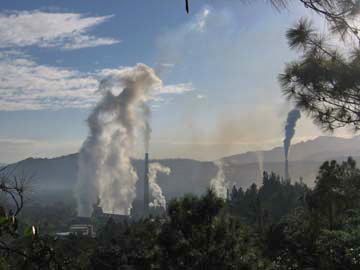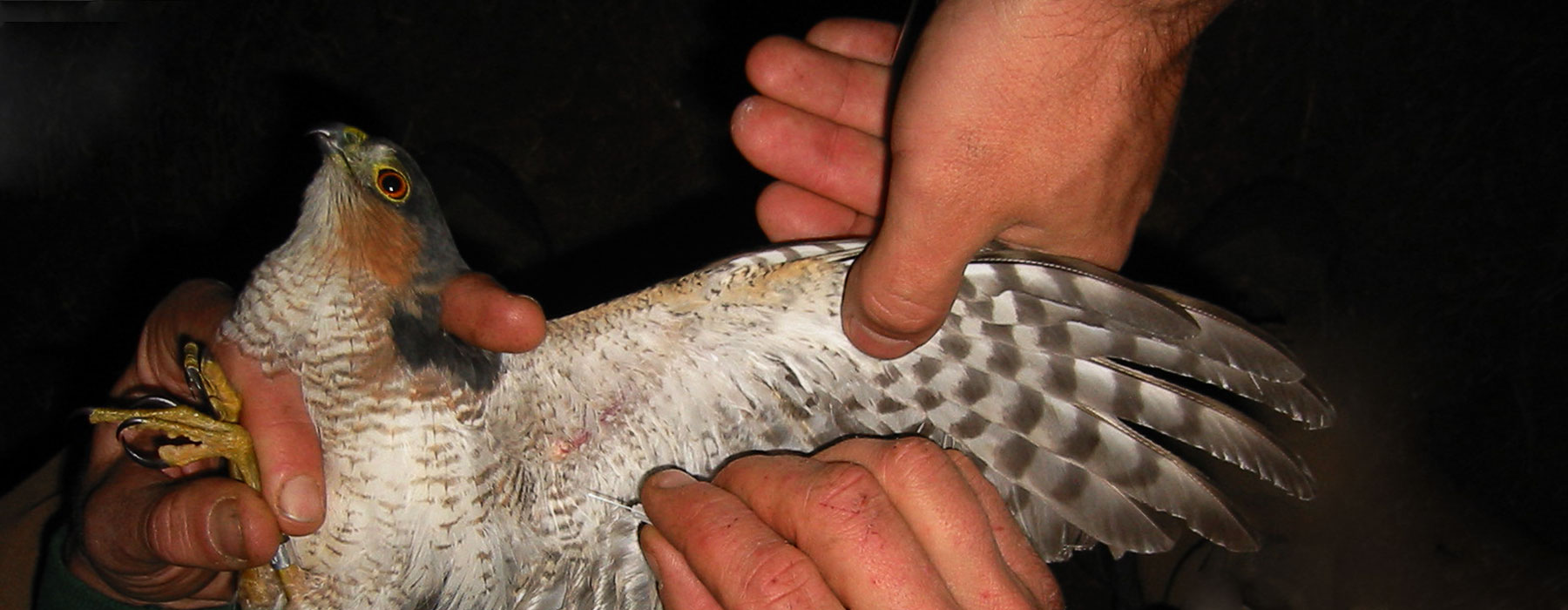From a tiny drop of blood sampled from the wings of wild birds, our scientists documented the potent neurotoxin mercury in Caribbean terrestrial wildlife, suggesting that the pollutant is moving in the atmosphere to tropical forests.
Our scientists detected elevated levels of mercury in the bloodstreams of nine forest bird species on the island of Hispaniola, the first such evidence of mercury in Caribbean land birds. Although the study did not identify sources of the mercury, our findings support growing evidence that the toxin is more pervasive than was once believed.
 Our scientists have established mercury as a potential danger to tropical land birds. That mercury is turning up in thrushes, tanagers, warblers and other forest birds is unusual. Local sources of mercury, from cement factories or smelters, may account for some of the exposure in the Dominican birds. But scientists also implicate a global reservoir of mercury, generated at industrial sources and transported in the atmosphere to distant ecosystems.
Our scientists have established mercury as a potential danger to tropical land birds. That mercury is turning up in thrushes, tanagers, warblers and other forest birds is unusual. Local sources of mercury, from cement factories or smelters, may account for some of the exposure in the Dominican birds. But scientists also implicate a global reservoir of mercury, generated at industrial sources and transported in the atmosphere to distant ecosystems.

